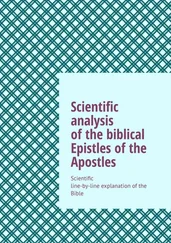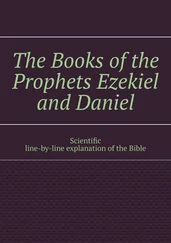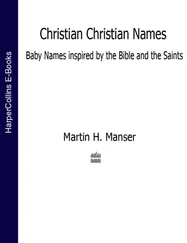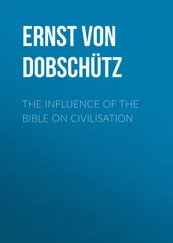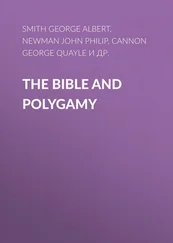1 ...8 9 10 12 13 14 ...24
| Translation |
Background |
Style |
Use of MT (Masoretic text, with translation of Isa 7:14 as indicator of theological leanings) |
Gender language |
| NJPS (1985) |
Jewish Publication Society |
Formal correspondence, colloquial |
No deviation from MT and uses Jewish chapter/verse numbering |
Aims at “gender accuracy” (Note: 2006 JPS Contemporary Torah with more changes) |
| NRSV (1989) |
Protestant, National Council of Churches |
Formal correspondence, literary |
Some deviation from MT in light of Dead Sea Scrolls and LXX |
Modest move toward inclusive language |
| NIV (1978) |
Protestant Evangelical, International Bible Society |
Formal correspondence, literary |
Very modest deviation from MT, mostly in notes. Modifies Hebrew of Isa 7:14 to match Matthew |
|
| Today’s NIV (TNIV) (2005) |
Protestant Evangelical, International Bible Society |
Formal correspondence, literary |
Very modest deviation from MT, mostly in notes. Modifies Hebrew of Isa 7:14 to match Matthew |
Modest move toward “gender-accurate” language |
| NASB (1971) |
Protestant Evangelical, Lockman Foundation |
Formal correspondence, quite literal and often awkward |
Little revision of MT. Modifies Hebrew of Isa 7:14 to match Matthew |
|
| GNT (formerly TEV) (1992) |
Protestant, American Bible Society (particularly for missionaries) |
Dynamic equivalence, colloquial and simple vocabulary |
Little deviation from MT |
Includes revisions toward gender-inclusive language |
| CEV (1999) |
Protestant, American Bible Society |
Dynamic equivalence, colloquial, yet more simple vocabulary and syntax |
Little deviation from MT. Modifies Hebrew of Isa 7:14 to match Matthew |
Moves toward gender-inclusive language for humans |
| REB (1989), revision of NEB (1970) |
British Protestant and Roman Catholic churches |
Dynamic equivalence, literary |
Substantial deviations from MT |
Moves in 1989 revision toward gender-inclusive language |
| NJB (1985) |
European Roman Catholic |
Dynamic equivalence, literary |
Some substantial deviations from the MT |
Very modest moves toward gender-inclusive language |
| NAB (1991) |
United States Roman Catholic |
Mix of dynamic equivalence and formal correspondence (the latter especially in NT) |
Some substantial deviations from the MT. Modifies Hebrew of Isa 7:14 to match Matthew |
Modest moves toward gender-inclusive language in NT and Psalms |
1 Studying the Bible in Its Ancient Context(s)
Chapter Outline
Chapter Overview
Why History Is Important in Studying the Bible
The Geography and Major Characters of the Biblical Drama
Major Periods in the Biblical Drama
Multiple Contexts, Multiple Methods
Looking Forward to the Big Picture
Chapter One Review
Resources for Further Study
Appendix: Israel’s History and Empires
This chapter introduces the basic orientation of the textbook and sets the stage for what follows with three overviews: geographical, historical, and methodological. The beginning of the chapter answers the questions “What makes academic study of the Bible different from typical ‘bible study’?” and “Why is such academic study important?” We will briefly compare the general outline of the biblical story with the history of Israel that will structure this textbook. Next you gain a bird’s-eye view of the major regions of the land of Israel, the periods of Israel’s history, and methods used by scholars to analyze the Bible. Your future study will be helped in particular by learning the location of the two major regions of ancient Israel – the heartland of tribal Israel to the north and the area of David’s clan, Judah, to the south (with the famous city of Jerusalem between these two areas) – and by memorizing the dates of the major periods in the history of Israel and beginnings of Judaism and Christianity (see also the appendix to this chapter).
 EXERCISE
EXERCISE
Write a half-page to one-page statement or mini-autobiography of your past encounters with the Bible. Which parts of it have been most central in such encounters? Have you studied the Bible in an academic context before? Have you had unusually positive or negative experiences with the Bible or people citing it?
Why History Is Important in Studying the Bible
At first glance, the Bible is one of the most familiar of books. Many families own a copy. Every weekend, Jews and Christians read from it at worship. There are echoes of the Bible in all kinds of music, from Handel’s Messiah to reggae and hip hop. Popular expressions, such as “Thou shalt not” or “Love thy neighbor as thyself,” come from the Bible. Movies are often filled with biblical allusions. And you can still find a copy of the Bible, or at least the New Testament and Psalms, in many hotels.
The older expressions for dates, BC and AD, are explicitly Christian in orientation. BC comes from “Before Christ,” and AD comes from the Latin anno Domini , which means “in the year of the Lord.”
Over the past decades scholarly works have tended to use the more neutral terms BCE and CE, which refer to “Before the Common Era” and “Common Era,” respectively. The year references are the same, but the labels are not specifically Christian.
This Introduction uses the standard scholarly BCE and CE abbreviations.
At second glance, the Bible is one of the most foreign of books. Its language, even in English translation, is often difficult to understand, especially if you are reading the King James Translation (1611), with its beautiful, but often obscure, seventeenth-century cadences and words. The biblical texts that are translated in the King James and other versions are still older. The New Testament was written in Greek, and its texts date from about two thousand years ago (50–200 CE). The Hebrew Bible/Old Testament was mostly written in Hebrew (a handful of chapters are in a related language, Aramaic), and some of its parts date as far back as three thousand years (1000–164 BCE). Both testaments reflect their ancient origins in many ways. They use ancient literary forms and images that are not common now. They come out of religious contexts much different from contemporary Judaism or Christianity. And they are addressed to historical struggles and circumstances that most readers of the Bible do not know.
The ancient aspects of the Bible are part of what give it its holy aura, but they also make biblical texts difficult to understand. If someone sees a reference to “Cyrus” in Isa 44:28 and 45:1, that person will likely have few associations with who “Cyrus” was and what he meant to the writer of this text. Most readers have even fewer associations with places and empires mentioned in the Bible, such as “Ephraim” or “Assyria.” Usually, their only acquaintance with “Egypt” or “Babylonia” is a brief discussion in a world history class. Furthermore, certain types of writing mean little or nothing to contemporary readers, for example, the long genealogies of Genesis or the detailed instructions for sacrificing animals in Leviticus. As a result of all this unfamiliarity, few people who try to read the Bible from beginning to end actually get very far, and those who do often fail to make much sense out of what they have read.
Читать дальше
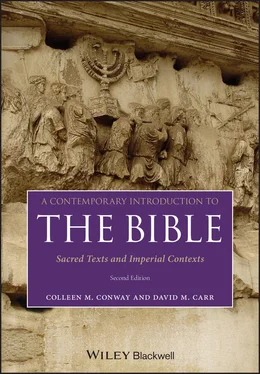
 EXERCISE
EXERCISE
